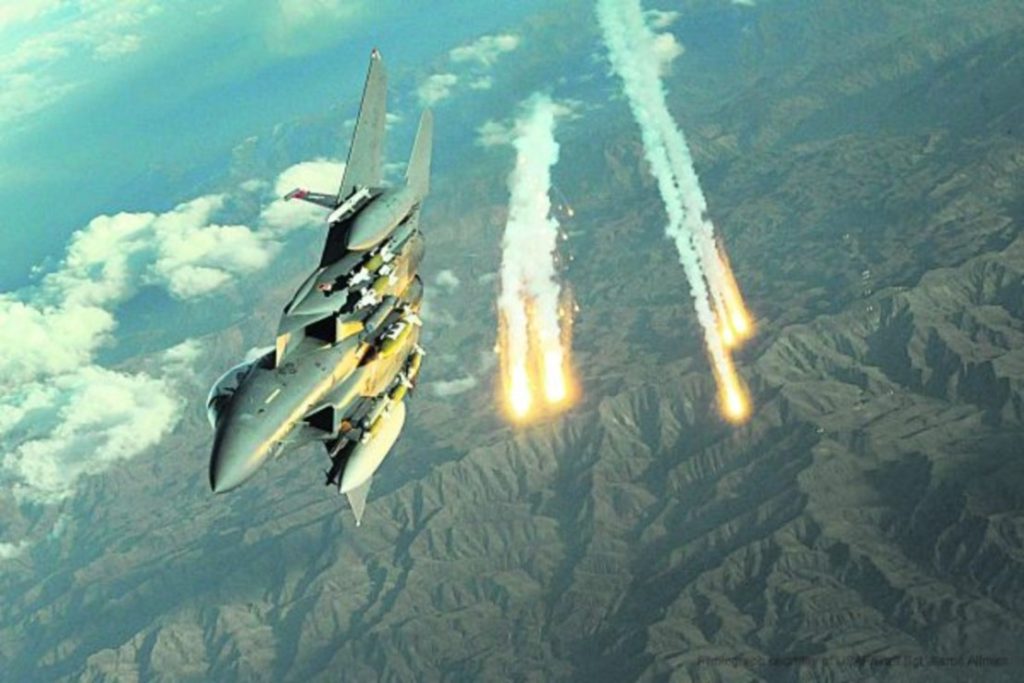Recent geopolitical tensions have heightened the vigilance of NATO countries as Russian military aircraft continue to probe the boundaries of designated airspaces. RAF Typhoon jets were recently scrambled from Malbork airbase in Poland, responding to incursions by Russian planes approaching NATO airspace over the Baltic Sea. This rapid deployment underscores the UK’s steadfast commitment to defending NATO territories amidst rising global security threats.
Details of the Interception
The UK Ministry of Defence reported that on a recent Tuesday, two RAF Typhoons were dispatched urgently to intercept a Russian Ilyushin Il-20M, an aircraft primarily used for intelligence gathering. This action marked the inaugural scramble as part of Operation Chessman, a strategic deployment intended to bolster NATO’s defensive capabilities along its eastern flank.
Latter in the week, the Typhoons were again activated to scrutinize another unidentified aircraft departing from Kaliningrad’s airspace that veered close to NATO territory. Interceptions, such as these, are tactical maneuvers where military aircraft approach others to identify, monitor, or deter potential threats, ensuring sovereignty and airspace integrity.
Strategic Alliance and Support
Luke Pollard, Minister for the Armed Forces, reiterated the UK’s enduring allegiance to NATO, emphasizing the importance of global cooperation. « Our stance against increasing Russian aggression demonstrates our resolve, » Pollard declared. He highlighted that partnering seamlessly with Sweden, NATO’s latest member, exemplifies unity within the alliance.
The UK’s deployment includes six Typhoon jets supported by nearly 200 personnel from the 140 Expeditionary Air Wing, further intensifying NATO’s aerial policing mission. This operation is a notable strategic advancement, embodying a significant integration milestone within NATO, as British jets cooperate with Swedish Gripens, marking Sweden’s first air policing participation since its NATO accession in 2024.
The Role of NATO in Enhanced Air Defence
These intercepts arrive on the heels of Defence Secretary John Healey’s recent NATO meeting, where international coalitions collectively pledged substantial financial and military support for Ukraine, aiming to fortify Europe’s eastern defenses against potential Russian incursions.
In 2024, NATO saw increased deployments with six Typhoon jets at Romania’s borders in April, followed by four F-35B aircraft to Iceland in August, safeguarding the northern airspaces. This pattern of defense is consistent as newer NATO allies like Sweden join efforts, augmenting the alliance’s deterrent posture.
The RAF’s quick reaction alert resources, stationed at bases like Coningsby, Lossiemouth, and Brize Norton, remain crucial assets in defending British and allied airspaces. Historically, these units have played pivotal roles in myriad international deterrent operations, underlining the UK’s responsive and proactive defensive strategies.
A Broader Geopolitical Context
This recent chain of actions serves as a reminder of the intrinsic geopolitical complexities influencing modern defense strategies. The steadfast nature of the RAF’s quick deployment capabilities is instrumental, especially in times when swift and decisive actions are imperative to prevent misunderstandings or escalations. Such proactive measures foster confidence amongst NATO members, assuring them of a united front against any adversarial maneuvers.
Ultimately, as Europe reaffirms its defense collaborations, the continual adaptation and readiness of forces, like those demonstrated by the RAF, underscore not just the operational readiness but also the potent message of unity and resilience within the transatlantic alliance.
